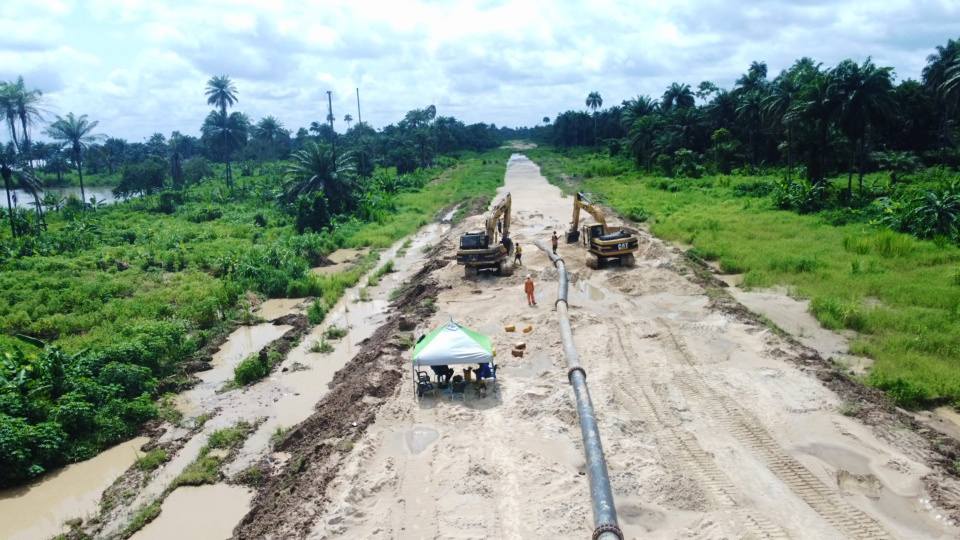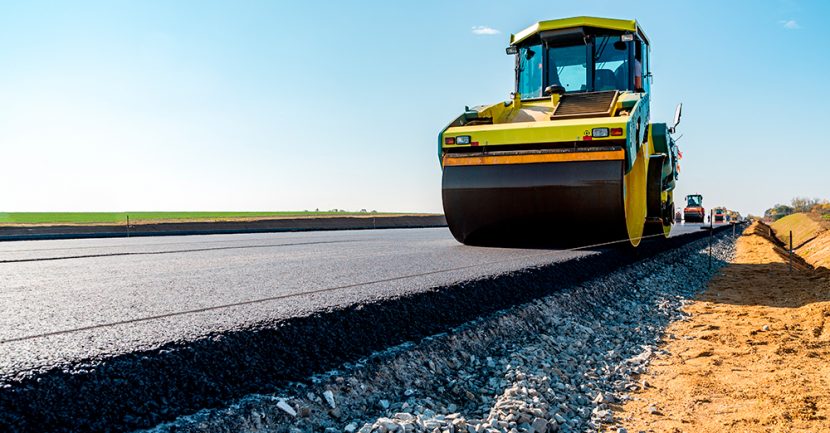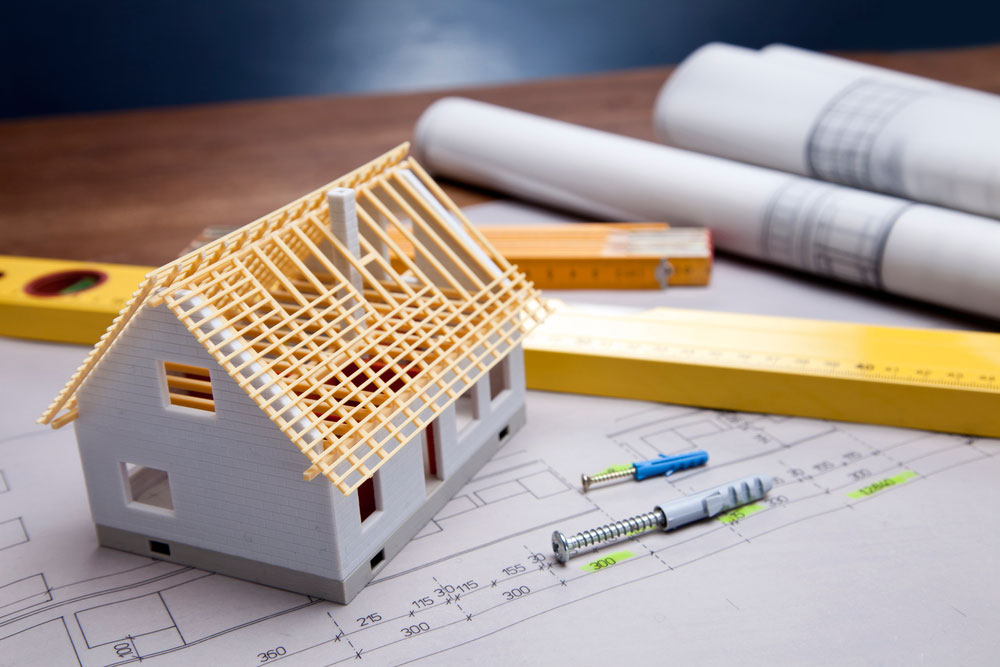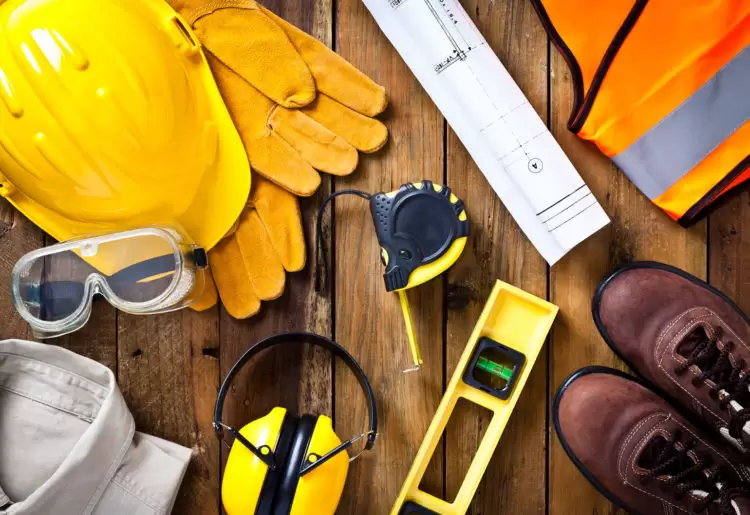Vibrations are defined as oscillating movements of particles in an elastic medium (e.g., soil or a building) from both sides of an equilibrium position. These movements can be characterized by two key parameters:
- Amplitude: This refers to the size or magnitude of the oscillation and can be measured in terms of displacement, velocity (typically in mm/s), or acceleration.
- Frequency: The frequency (measured in Hz) indicates how often the oscillation cycle repeats itself, representing the return time for one complete cycle of displacement. Vibrations with widely spaced oscillations (low frequency) generally present a higher risk of damage to structures.

In essence, vibrations can arise from various sources, such as machinery, seismic activity, transportation, or human-induced forces. Depending on their amplitude and frequency, vibrations can have significant effects on the stability and safety of buildings, particularly in areas with soft and waterlogged soils, like Bayelsa State. This motion typically involves back-and-forth or up-and-down movement, caused by external forces. Vibrations can be classified into two types:
- Free Vibration: Occurs when an object is displaced from its equilibrium position and allowed to vibrate without any external force.
- Forced Vibration: Happens when an external force continuously causes the object to oscillate.
Vibrations can be caused by a variety of sources, including mechanical machinery, transportation, seismic activity, and human-induced activities. These vibrations, depending on their frequency, amplitude, and duration, can have significant effects on the structural integrity and stability of buildings and infrastructure. In the context of Bayelsa State, a region characterized by waterlogged, soft soils, the effects of vibrations can be particularly pronounced, affecting both the safety and longevity of structures.
Geotechnical Challenges in Bayelsa State
Bayelsa State, located in Nigeria’s Niger Delta region, is characterized by soft and compressible clayey soils with low shear strength. These soils are highly susceptible to settlement and lateral movement, particularly under dynamic forces. For instance, vibrations introduced by machinery, vehicles, or even seismic activity can exacerbate these soil challenges, leading to structural instability. Studies on the geotechnical properties of subsoils in parts of Yenagoa, the state capital, highlight the need for tailored foundation designs to mitigate these conditions.
Effects of Vibrations on Structures
When vibrations are introduced into Bayelsa State’s waterlogged environment, they can lead to several detrimental effects on structures:
- Soil Liquefaction: In water-saturated soils, vibrations can induce liquefaction, where the soil temporarily loses its strength and behaves like a liquid. This phenomenon can cause significant settlement or tilting of structures.
- Increased Settlement: The dynamic loading from vibrations accelerates the consolidation of soft soils, leading to uneven settlement of structures. This uneven settlement can result in structural distortions and, in extreme cases, cause failure.
- Structural Fatigue: Repeated vibrational forces can cause fatigue in structural components, especially in buildings whose foundations are not designed to handle such stresses. This may manifest as cracks in walls, floors, or foundations, compromising the safety of the structure.
Case Study: Ogbia Local Government Area
In the Ogbia Local Government Area of Bayelsa State, a study on engineering structures and collapse determinants used seismic refraction methods to assess the suitability of subsoil layers for construction. The study found that local soil dynamics play a significant role in structural stability and recommended careful evaluation of vibrations during construction to avoid failures.
Mitigation Strategies
To address the challenges posed by vibrations in waterlogged areas, several strategies are recommended:
- Soil Improvement: Techniques such as soil stabilization or the use of geosynthetics can enhance the load-bearing capacity of soft soils, reducing the risk of settlement and liquefaction. Stabilizing agents or fibers can improve soil resilience against vibrations.
- Deep Foundations: Implementing deep foundation systems like piles or caissons transfers structural loads to more stable soil layers beneath water-saturated zones. These foundations are essential for ensuring structures remain anchored and reduce the risk of tilting or shifting.
- Vibration Isolation: Incorporating vibration-damping materials or isolation pads helps absorb and dissipate vibrational energy, protecting the structure from dynamic forces. This is particularly useful for mitigating the effects of seismic activity or construction-induced vibrations.
- Regular Monitoring: Continuous monitoring of structural health and soil conditions allows for the early detection of issues, enabling timely interventions. Structural health monitoring systems can provide real-time data on how a building responds to vibrations, helping engineers identify early signs of stress or damage.
Conclusion
In conclusion, vibrations are oscillations or repetitive movements caused by both natural and artificial forces. In Bayelsa State, with its waterlogged and soft soil conditions, these vibrations can have significant effects on the stability of structures. By understanding the sources of vibration—whether from machinery, seismic activity, or human activity—and implementing mitigation strategies such as soil improvement, deep foundations, vibration isolation, and regular monitoring, the adverse impacts of vibrations can be effectively managed. This ensures the safety, longevity, and structural integrity of buildings and infrastructure in the region despite the challenging environmental conditions.
Sources:
- Geotechnical Considerations in Bayelsa State – This source discusses the geotechnical properties and challenges in the region, including soil stability and the impact of vibrations.
Link: https://eajournals.org/bjesr/wp-content/uploads/sites/3/2023/08/Geotechnical-Considerations.pdf - Engineering Structures and Collapse Determinants in Ogbia Local Government Area, Bayelsa State – A study assessing the impact of soil dynamics and vibrations on the stability of structures in Bayelsa State.
Link: https://www.academia.edu/98931270/ENGINEERING_STRUCTURES_AND_COLLAPSES_DETERMINANT_A_CASE_STUDY_OF_OGBIA_LOCAL_GOVERNMENT_AREA_BAYELSA_STATE_NIGERIA - Impact of Construction Activities on Structures – Discusses how vibrations from construction activities can affect nearby structures.
Link: https://www.jsheld.com/insights/articles/the-impact-of-construction-vibration-on-adjacent-structures - General Information on Structural Vibration – A broad article on the causes and effects of structural vibrations, useful for understanding the general impact of vibrations.
Link: https://www.designingbuildings.co.uk/Structural_vibration







